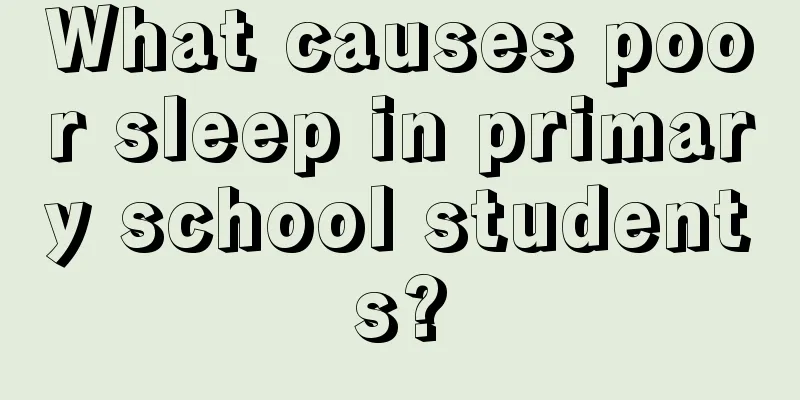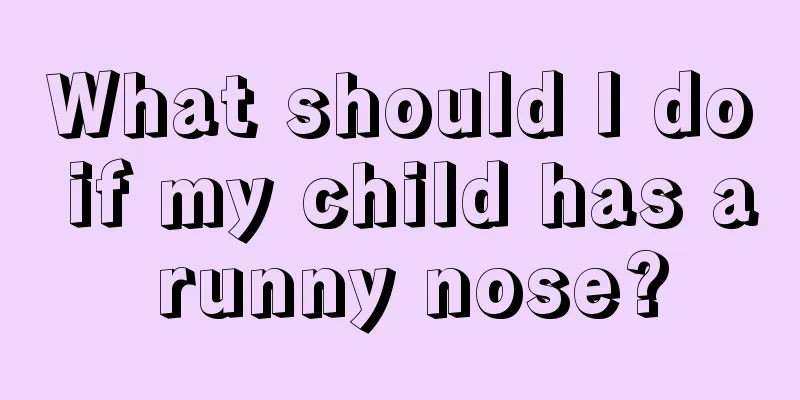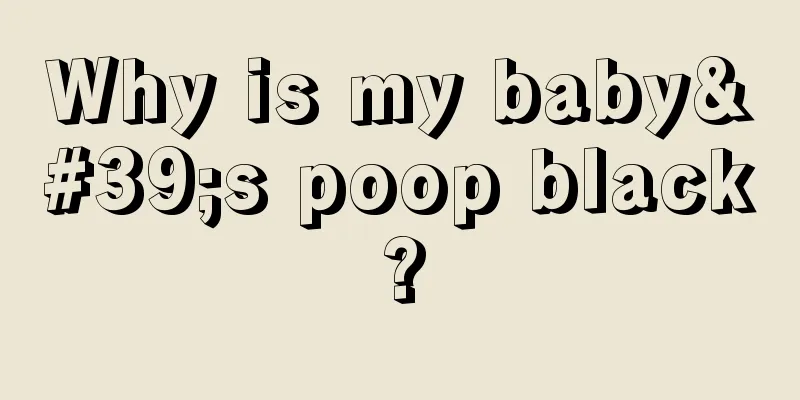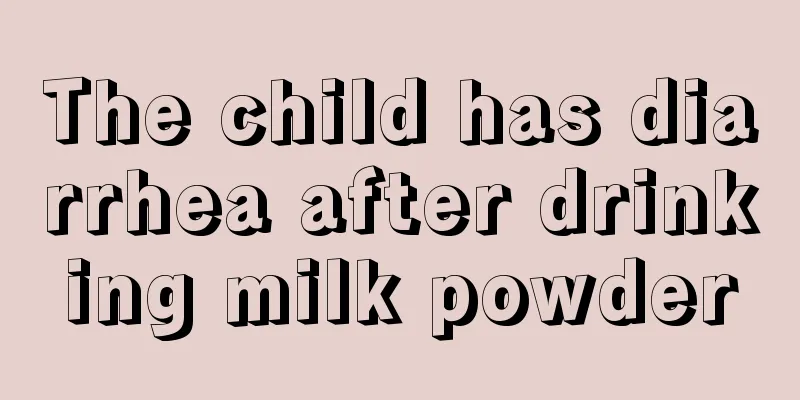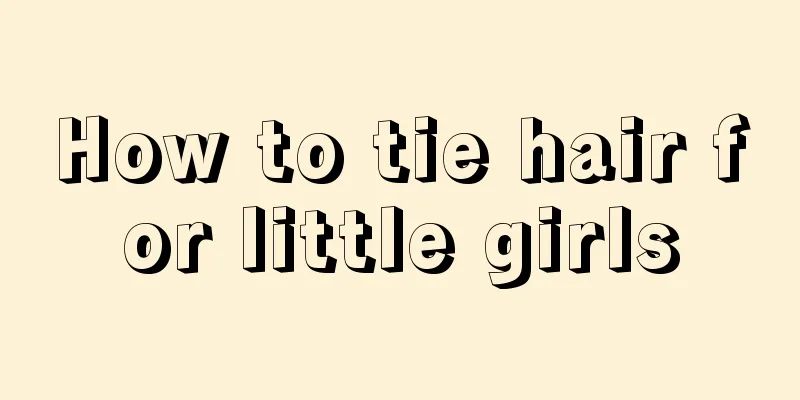What to do if your baby is frightened and crying?

|
Some babies will cry when they are frightened, which seriously affects the physical and mental health of the babies. We should avoid mental problems in children and avoid leaving trauma on the babies. Therefore, if babies are frightened and crying, we should pay attention to timely treatment. So, what should we do if babies are frightened and crying? Let me introduce it to you below. Crying is a baby's instinctive reaction. Babies do not yet have the ability to express themselves in words, and crying is an important way for them to express their emotions and respond to external stimuli. Different cries express different needs and reactions. Therefore, babies who cry do not necessarily mean they are sick; if a child cries less or not at all, it may be a sign of illness; and for some babies, crying too much can also be a sign of illness. Normal crying Motor crying: When a baby wakes up from sleep and moves his limbs, he often cries rhythmically. The cry is loud, with a soft tone, not hoarse or hoarse. The baby's face is rosy and his breathing is normal. This is beneficial for lung relaxation and respiratory muscle exercise. The tone of foraging cries is similar to that of exercise cries, but the cries are more rapid and have a tighter rhythm. At this time, if the mother touches the corner of the child's mouth with the nipple or finger, the baby will immediately turn to the nipple or finger side, make sucking movements with his lips, and stop crying. The crying for being held begins to become gentler and intermittent. When the baby is not hugged by his family, the tone of his voice gradually becomes higher and the crying becomes continuous. The crying stopped immediately after being picked up. This is common in some children who have developed the habit of being held. Children may also cry when they feel uncomfortable, such as when their diaper is wet, their clothes are too tight, they feel hot or cold, or when they are pricked by sharp objects or insects. At the beginning, it is intermittent "babbling", usually not intense, and the crying stops and starts. If no one pays attention and helps solve the "problem", the crying will gradually become louder and continuous. Abnormal crying The crying of intussusception disease is mostly paroxysmal. The child howls suddenly, the crying is urgent, the tone is hyperactive, and the face is pale, sweating profusely, the expression is painful, the child is irritable, and the hands and feet are dancing. After a while, the crying stopped and the baby calmed down, and this happened repeatedly. Children often suffer from vomiting, abdominal masses and bloody stools. The above is my opinion on this issue that I introduced to you. We must learn to distinguish the baby's cry, so as to ensure the baby's physical health and avoid the above-mentioned fright problems without timely discovery and treatment, which will seriously threaten the baby's physical health. Finally, I wish the baby a speedy recovery. |
<<: Why do babies have diarrhea?
>>: How to treat spina bifida in babies?
Recommend
What should I do if my child wants to grow taller?
It is a relatively normal phenomenon for children...
What are the symptoms of mite allergy in children?
Children's skin is more sensitive than that o...
What are the early symptoms of asthma in children?
Children with asthma are prone to attacks if pare...
Baby's hand swollen after being bitten by mosquito
As the weather gets warmer, the number of mosquit...
Reasons why babies cry suddenly when they are asleep
Nowadays, many parents do not know how to take ca...
Specific introduction to folk remedies for treating children's colds
Nowadays, colds in children are a relatively comm...
What medicine should children take for urinary tract infection
Urinary tract infection is a relatively common pr...
What should I do if my child’s tongue peels?
Many children have experienced tongue peeling. In...
What should we pay attention to in newborn baby eye care
We all know that the baby's organs are not ye...
What should I do if my baby has not recovered from coughing for more than a month?
Babies have a relatively weak constitution. If th...
What to do if a child has a black mole
Moles are very common. Both adults and children c...
What are the symptoms of baby milk powder getting angry?
The most important thing after a baby is born is ...
What to do if a newborn baby is easily startled when sleeping
As we all know, newborns often cry at night, and ...
Heart failure in infants
Nowadays, many children may have to go through th...
Causes of blisters in the middle of the baby's upper lip
Many mothers will find that bubbles appear in the...
